Regular Rabbit, the film in which a rabbit shows us that reality does not always correspond to appearances.
On Ireland Day, two films opened the morning media appearances at the 67th International Film Festival of Valladolid. Before Jim Sheridan (Espiga de honor and protagonist of yesterday’s master class) made his appearance, Colm Bairéad, director of The quiet Girl, accompanied by his wife and producer of the film, Cleona Ní, and Eoin Duffy, director of Regular Rabbit, also accompanied by his producer, Jamie Hogan, shared the details of their films.
The origin of The Quiet Girl lies in a story in the media. But not just any news story, but a story, Foster, by Claire Keegan. “An iconic writer and one of the great writers of our century in Ireland”, according to Colm Bairéad. Nor was it published in a regular newspaper, but in the New Yorker, one of the meccas of literary journalism. Declared the best of the year by the magazine itself, it became a book published by Faber&Faber in 2010.
But the film did not begin to take shape until the summer of 2018, when Colm Bairéad, writer as well as director, read the story and immediately thought of adapting it to film. And his first feature film was born. The plot is simple: a girl from a large family is sent to spend the summer with some relatives, literally in the clothes on her back, in view of the imminent arrival of a new sibling. At the home of this married couple, an older, childless couple, Cáit (Catherine Clinch) begins to become her best self, while discovering her big secret.
The key is in what Bairéad achieves from this plot, both from a purely cinematic point of view and in terms of thematic complexity. It seems clear that the peasant environment in which Cáit is growing up is not the best fertilised or watered. Too many children for a couple who clearly cannot take care of the specific needs of each of them. Cáit learns to let her and her problems go unnoticed. But she is able to flourish within the Kinsella couple (Carrie Crowley and Andrew Bennett), who have lost their only child.
Family, growth and the ability to grieve
For the director, as he notes in the film’s additional documentation, the story encapsulates the key themes: “I’ve touched on all the areas that I care about, things that have been present in, so far, my short theatrical work: the complexity of the bonds of family, the question of emotional and psychological growth and, crucially, the phenomenon of grief and its ability to shape us”.
During the press conference to present the film, Colm also alluded to something much less tangible: that something that makes a story grab you. “I think I’ve also dealt with this theme in my previous short films, and it has to do with the sensibilities of this writer and my own, which are very close. I fell in love with this novel from the beginning and it was clear to me that I wanted to turn it into a film”.
In the case of the film, and as the director himself had previously explained, the narrative tension does not depend on the plot itself, but on how the young protagonist lives the experience. In the literary work, the story is told in the first person, which directly involves a one-to-one relationship with the reader. Bairéad uses terms such as “immersive” and “empathetic” when he talks about his feelings when reading the book.
The work of the young lead actress does not go unnoticed either. Catherine Clinch, 9 years old, appeared after 7 months of searching, as Cleona Ní, producer and wife of the director, explained during the press conference: “We did the casting ourselves and it took us some time to find her. We searched for actors and actresses in high schools and networks. We finally found her and she is perfect.
Although it was her first time acting, Clinch “adapted quickly to all the technical demands”, as Bairéad says. But, in a way, the shooting also adapted to the child, who carries the weight of the film: “We shot in 25 days and, as Catherine is a minor, she couldn’t film more than 7.5 hours each day. In addition, and to facilitate her work, we decided to shoot chronologically. You can see that, for example, in the relationship between the characters. She and Andrew Bennett got to know each other in real life more or less in parallel to what happens in the film.
Gaelic as a language in the film
With the screening of The Quiet Girl on Ireland Day, the Guest Country slot at the 67th Film Week, the question of the film’s language is particularly relevant. It is one of the keys that Bairéad works from the novel.
Cáit’s father speaks in English, while the others usually speak in Irish. The filmmaker has publicly expressed his interest in reclaiming a minority language that, along with English, was spoken in his parental home; a bilingualism that he and his wife maintain in their own home.
Regular Rabbit, the ‘sweet’ voice of truth
As for the animated short film Regular Rabbit, it stems from the concern of director (Eoin Duffy) and producer (Jamie Hogan) about the rise of misinformation and ‘conspiracy’ theories. “We wanted to address these issues from a comedic approach, and we’ve done that through this rabbit, who may not be a mass murderer,” the filmmaker explained.
To do this, they’ve pitted the sweet appearance of a bunny against the imposing appearance and voice of actor Rory McCann, the Sandor Clegane (“the Hound”) from Game of Thrones. Again, it took time to find the right voice, a task for which Duffy gives full credit to Hogan.
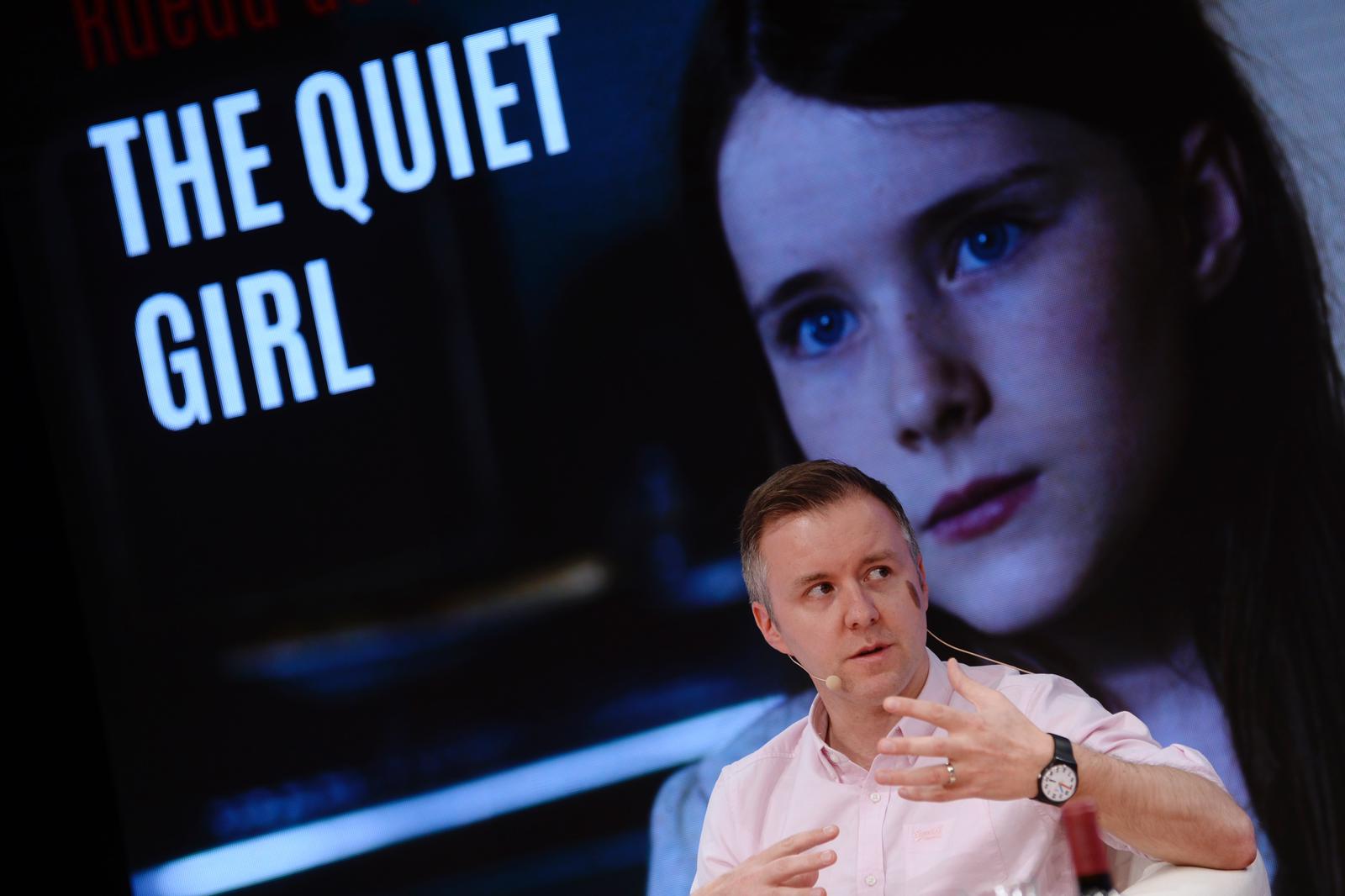
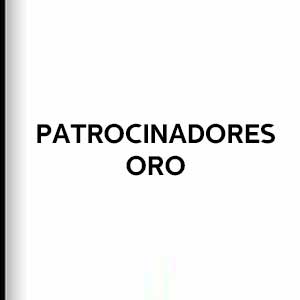



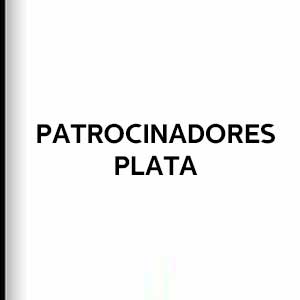



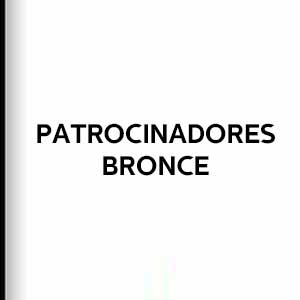









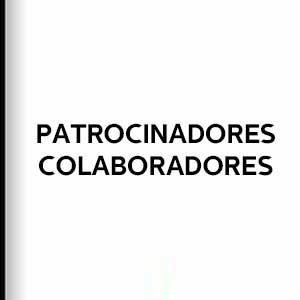







![Logo Foro Cultural de Austria Madrid[1]](https://www.seminci.com/wp-content/uploads/2024/09/Logo-Foro-Cultural-de-Austria-Madrid1-300x76.jpg)








